3 tips for your next wine buy
Region
When I choose a wine I want to know where it comes from. There are a few handy points to this one. Geography plays a big part in where a grape will grow well and thus where a good wine will be produced. Cool climates such as Mornington or the Adelaide Hills grow grapes like Pinot Noir, Sauvignon Blanc or Chardonnay. These grapes hold acid well and will generally be made in a crisp, fresh style.
Warmer regions such as Barossa Valley & Hunter Valley produce grapes that are riper and thus higher in sugar which produces wines with higher alcohol and more body – alcohol is denser than wine and produces that full bodied feeling as well as those legs or tears that dribble down the inside of the glass. Beware, hot regions can produce wines that are overripe with little acid which can lead to a spicy, flat wine with little definition of flavour.
Heathcote in my humble opinion is the perfect climate. It is classed as a Mediterranean climate which means in the winter it is cool, but not too cold and in the summer it is warm, but not too hot. The beauty of Heathcote is that after the hot summer days the nights are still cool and fresh which locks in acidity and extends the growing season to produce really concentrated fruit flavour.
Grape Variety
Knowing which grape/s have been used to produce the wine will give you the best clues as to what your wine will taste like. Grapes with an italian sounding name from the ‘old world’ such as, Nebbiollo, Barbera, Montepulciano will generally be less fruit driven and more savoury. They can also be more medium bodied with great tannin structure. The same rules apply to white grapes too.
Variaties like Merlot, Tempranillo, Malbec or Shiraz are often much more fruit forward and ripe, they can also use more new oak to balance the fruit flavours so tend to taste more like cinnamon, vanilla or mocha.
Shiraz, Durif, Grenache all grow well in very warm regions, this translates to wines that are high in alcohol, full bodied and with quite a bit of alcohol spice.
Grapes such as Chardonnay can be a bit tricky to predict as this grape is more versatile. It grows in the full range of climates and also can bo unoaked or oaked. This means a chardonnay can range from steely, stone fruit and fresh, to spicy, grippy and ripe. Best to choose a Chardonnay from a region (see above) rather than just by the grape.
Finally there are some grapes such as Riesling, Sauvignon Blanc, Garganega and Vermentino which are higher in acid, and more mineral. This comes across as crunchy, spritzy, flinty or steely and very fresh!
Vintage
When I say vintage, I don’t mean it in the way that you have to remember every good, bad or wet year and choose accordingly. In fact I have a terrible memory for that kind of thing and I’m happy to assume that most bottle shop wines have passed a taste test in order to get on to the shelf. For starters though, it should have a year clearly shown on the label. If it doesn’t have one then you don’t know how young or old the wine in the bottle is nor do you know which year or years the grapes were grown. This can lead to a wine that doesn’t taste of much at all.
Majority of white and rosé wines are designed to be drunk when they are young and fresh. When I look for a wine in these categories (particularly rosé) I won’t buy one that’s more than about two years old. There are exceptions for heavier whites such as Chardonnay, Viognier & Marsanne but over time the acidity in these wines drops out and can lead to a wine that tastes flat and flabby (not crisp and fresh). Keep in mind that northern hemisphere wines harvest 6 months later than we do in Australia so they get a little extra leeway.
For reds under $20 I would also lean towards a young wine, under 5 years. The basic reason for this is that affordable wine is usually made to drink now and not cellar and is to be enjoyed while the aromatics are bright and the wine is still fresh. Aged wines generally come in above $20 and sit in the premium wine section.

